Сіз 50 км / сағ өтетін электрлік электрлік паркті импорттадыңыз, бірақ сіздің қалаңыздың жолдарында олар әрең әрең 35 км / сағ алады. Енді сіздің жүргізушілеріңіз шағымданып, сіздің бизнесіңіз баяу көрінеді.
Tuk-Tuk электрлік жылдамдығы оның қозғалтқышы мен контроллерімен орнатылады, бірақ нақты әлемдегі жылдамдық жүктеме, рельеф және жергілікті заңдармен қатты әсер етеді. Бұл зауыттық параметрлер мен нақты жұмыс ортасы арасындағы тепе-теңдік.
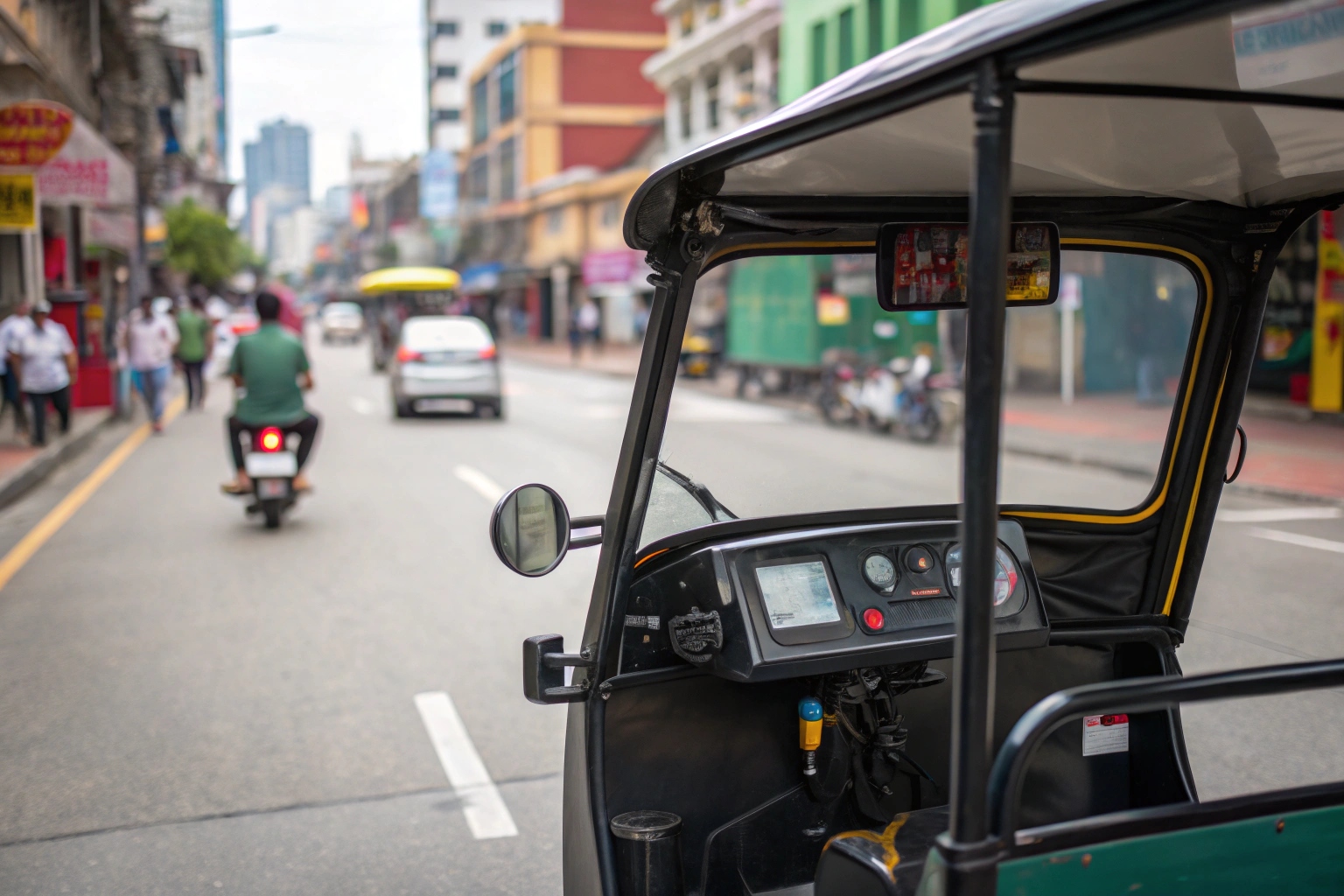
Қалай зауыт that exports globally, one of the first questions I always get is, "How fast can it go?" Жауап ешқашан бір ғана сан емес. Біз көлік құралына салуға болатын жылдамдық пен жылдамдықпен жүре аламыз, сіз іс жүзінде екі түрлі нәрсе бола аласыз. Ауыр жүктерге арналған «Тук-Тук» такси ретінде жолаушыларды алып жүру үшін жобаланғанға қарағанда әр түрлі. Жылдамдықты басқарудың қандай бақылауды түсіну нарықтың дұрыс өніміне тапсырыс беруге және көңіліңізден аулақ болуға көмектеседі.
Электрлік Tuk-Tuk жылдамдығы қандай техникалық факторлар тікелей әсер етеді?
Сіз әр түрлі моторлармен және контроллерлермен ерекшеленесіз, бірақ сіз қай комбинация сіздің бизнес қажеттіліктеріңізді жеткізетінін білмейсіз. Бұл шатасу нашар инвестицияға әкелуі мүмкін.
Үш негізгі техникалық фактор - мотордың максималды RPM, контроллердің бағдарламаланған жылдамдығы және артқы осьдегі беріліс коэффициенті. Жүйе кернеуі (v) сонымен қатар үлкен рөл атқарады, өйткені жоғары кернеу жоғары моторлы айн / мин.
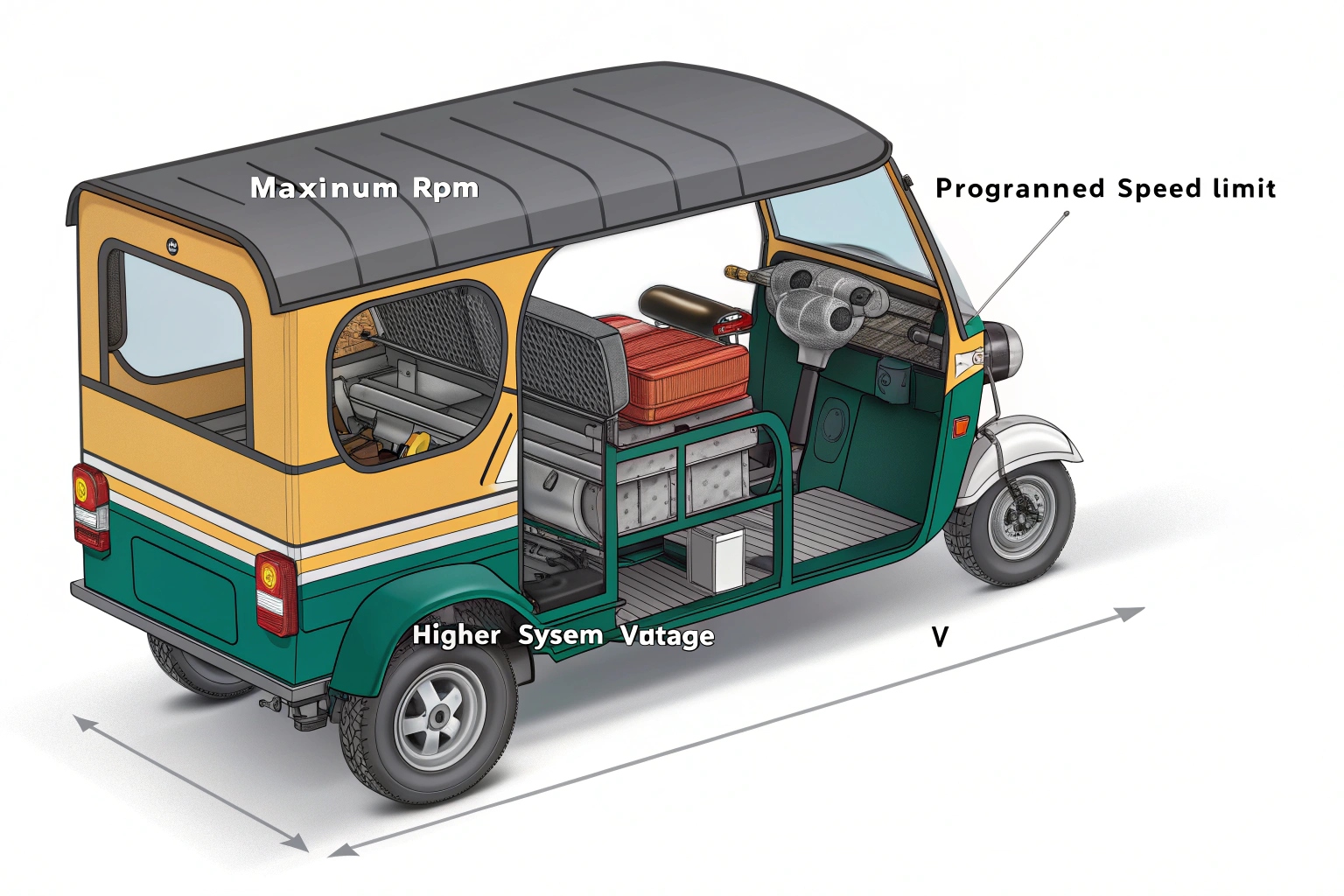
Біздің зауыттық еденнен бастап, біз сізге бірнеше негізгі компоненттерді қолдана отырып, көліктің ықтимал жылдамдығын құрайтынын айта аламын. Бұл мұқият теңдестірілген жүйе. Егер бір бөлігі сәйкес келмесе, сіз күткен қойылымды ала алмайсыз. Мысалы, а Жоғары жылдамдықты қозғалтқыш Егер контроллердің оған жылдамдығы төмен лимиті болса, пайдасыз. Міне, негізгі техникалық бөліктер жылдамдықты қалай басқарады.
| Техникалық фактор | Бұл жылдамдыққа қалай әсер етеді | Зауытты қарау |
|---|---|---|
| Мотор RPM | Бұл мотордың максималды айналу жылдамдығы. Жоғары деңгейлі RPM рейтингі бар мотор жоғары жылдамдыққа ие болуы мүмкін. | Біз көлік құралының жұмысына арналған нақты RPM рейтингі бар қозғалтқыштар, мысалы, жолаушылар таксиіне арналған RPM. |
| Контроллердің шегі | Бұл бізді зауытта орнатқан электронды губернатор. Бұл қауіпсіздіктің жоғарғы жылдамдығын немесе заңды ережелерге сәйкес келеді. | Бұл өте қарапайым сұрау. Біз контроллерді клиенттердің қажеттіліктері мен импорт елінің ережелері негізінде бағдарламалаймыз. |
| Беріліс коэффициенті (ось) | This translates the motor's rotation into the wheels' rotation. A "high-speed" қатынас жоғары жылдамдық береді, бірақ аз тартылатын қуат (момент). | Бұл өте маңызды таңдау. Біз негізгі қолданысқа арақатынасымызға сәйкес келеміз: ауыр жүк үшін жоғары момент, таксилердің теңгерімді жылдамдығы. |
| Жүйе кернеуі | 72V сияқты вольтты жүйе, моторға 60V сияқты төменгі вольтты жүйеге қарағанда тезірек айналдыруға мүмкіндік береді. | 72V жүйесіне жаңарту клиенттердің көп жылдамдық алу тәсілі, бірақ ол мотор мен батареяны қажет етеді. |
Жол және жүктеме шарттары Real-World E-Tuk жылдамдығына қалай әсер етеді?
Сіздің жаңа Tuk-Tuk компаниясы кемелді жолда бос болған кезде оның жоғарғы жылдамдығын тигізеді. Бірақ жолаушылар мен жүктермен, ол қарқынмен жүру үшін күреседі, сіздің бизнесіңізді сенімсіз және баяулауға мәжбүр етеді.
Ауыр жүктемелер және жоғары көтерілістер Моторды жылжыту үшін көбірек қуат алу үшін қозғалтқышты көбірек пайдалануға мәжбүр етеді, бұл жоғарғы жылдамдықты тікелей төмендетеді. Желге төзімділік және өрескел жолдар сонымен қатар көлік құралын зауыттық жылдамдықпен баяулатады, одан әрі баяулатады.
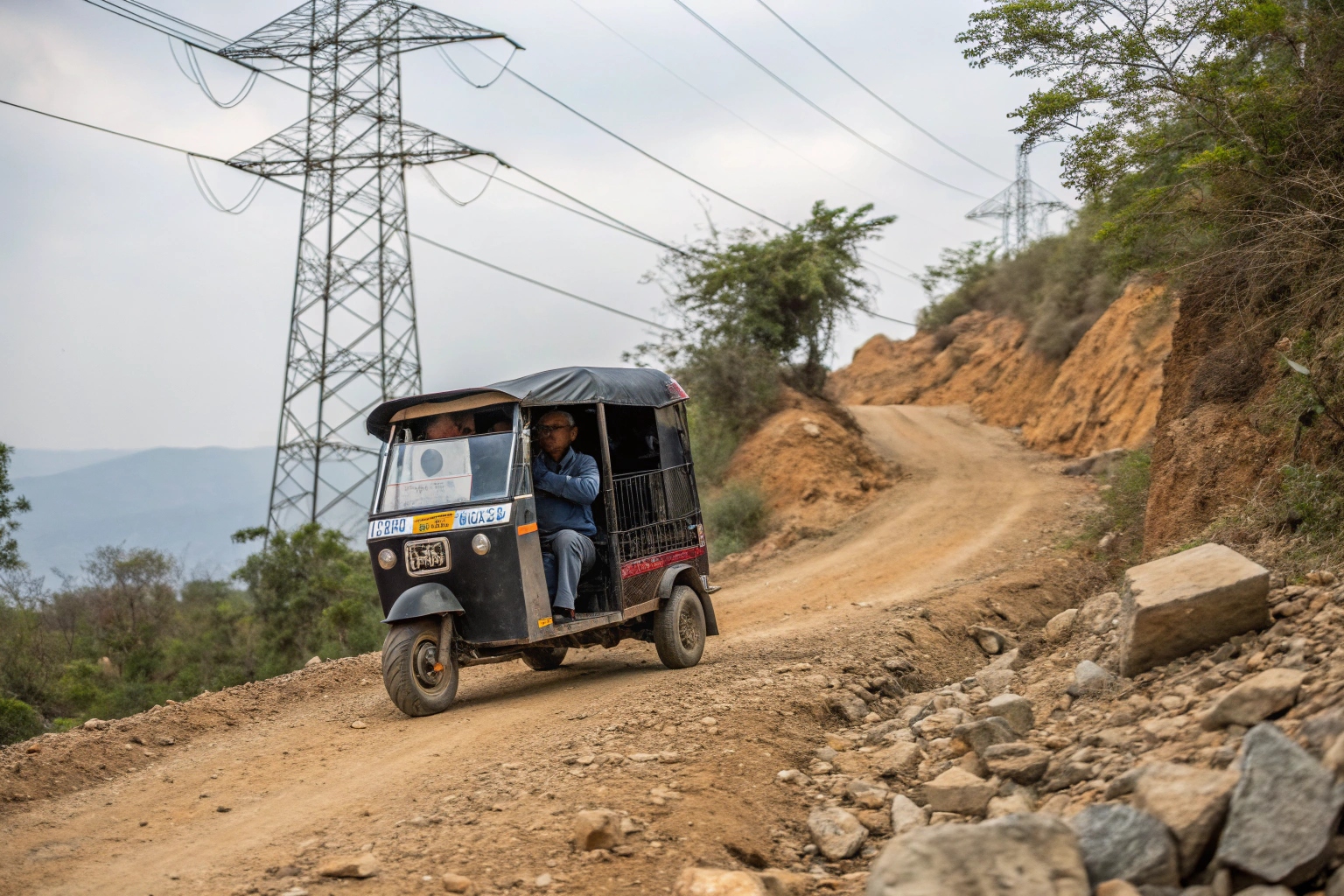
Біз зауытта осы жерде сынақтан өткен жоғарғы жылдамдық өте қолайлы жағдайларда: тегіс, тегіс беті. Бірақ сіздің әлеміңіз сынақ жолы емес. Әр қосымша килограмм салмақ және әр түрлі градус моторға қарсы күреседі. Мен әрқашан өз клиенттеріме өздерінің күнделікті шындық туралы ойлануын айтамын. Бангкоктың жалпақ көшелері үшін өте тез ораза ұстаған көлік Перудағы қаланың төбесінде өте баяу сезінуі мүмкін. Жарнамаланған жылдамдық барлық жағдайларда кепілдік емес, бастапқы жылдамдық екенін түсіну керек. Міне, сіз шынайы әлемде баяулайтын ең үлкен факторлар.
| Нақты-әлемдік фактор | Жылдамдыққа әсер ету | Менің кеңестерім сатып алушыларға |
|---|---|---|
| Көлік құралының жүктемесі | Едәуір төмендеу. Әр жолаушы немесе жүк қорабы біршама қуат алу үшін көбірек энергияны қажет етеді, бұл жоғары жылдамдыққа аз күшке ие қалдырады. | Әрқашан сіздің орташа жүктеме туралы ойланыңыз. Алты адам үшін Тук-Тук сол қозғалтқышпен үшке дейін Тук-Тукке қарағанда баяу болады. |
| Жол көлбеуі | Негізгі төмендеу. Шыңға шығу төбешіктері қозғалтқышты барлық энергияны береді, бұл көліктің жылдамдығын күрт кесіп тастайды. | Егер сіздің күнделікті маршруттарыңызда төбелер болса, сіз жоғары жылдамдықты рейтингке жоғары момент моторы мен берілісің басымдық беруі керек. |
| Желге төзімділік | Орташа төмендеу. Бұл жоғары жылдамдықта байқалады, әсіресе үлкен, жабық шкафтар немесе кенеп шатырлары бар Tuk-Tuks үшін. | Бұл такси модельдерінің факторы. Ашық рамалық жүк қалашығына толықтай жабық жолаушылар моделіне қарағанда желдің төзімділігі аз болады. |
| Жол беті | Аздап төмендеу. Кірді, қиыршық тасты немесе нашар ұсталған жолдарда көлік жүргізу температурадан гөрі көп үйкеліс жасайды, ол көлік құралын баяулатады. | Сіз жолдарды қайта орай алмаған кезде, дөрекі рельефтің көлік құралының жоғарғы жылдамдығын азайтатынын ұмытпаңыз. |
Неліктен көліктер мен ережелер электрлік Tuk-Tuk жылдамдығы бар?
Сіз ең жылдам Tuk-Tuk алғыңыз келеді, бірақ сіз қауіпсіз және жергілікті заңдар туралы алаңдайсыз. Максималды жылдамдыққа итеру сіздің көліктеріңізді нарықта қауіпті немесе заңсыз етуі мүмкін.
Агрессивті жүргізу батареяны тезірек ағызады және қауіпті болуы мүмкін, ал жергілікті трафик ережелері үш доңғалақты көліктерге қатаң жылдамдыққа ие болады. Максималды заңдық жылдамдық, көбінесе техникалық мүмкіндікке қарамастан, көлік құралының нақты жылдамдығы болады.
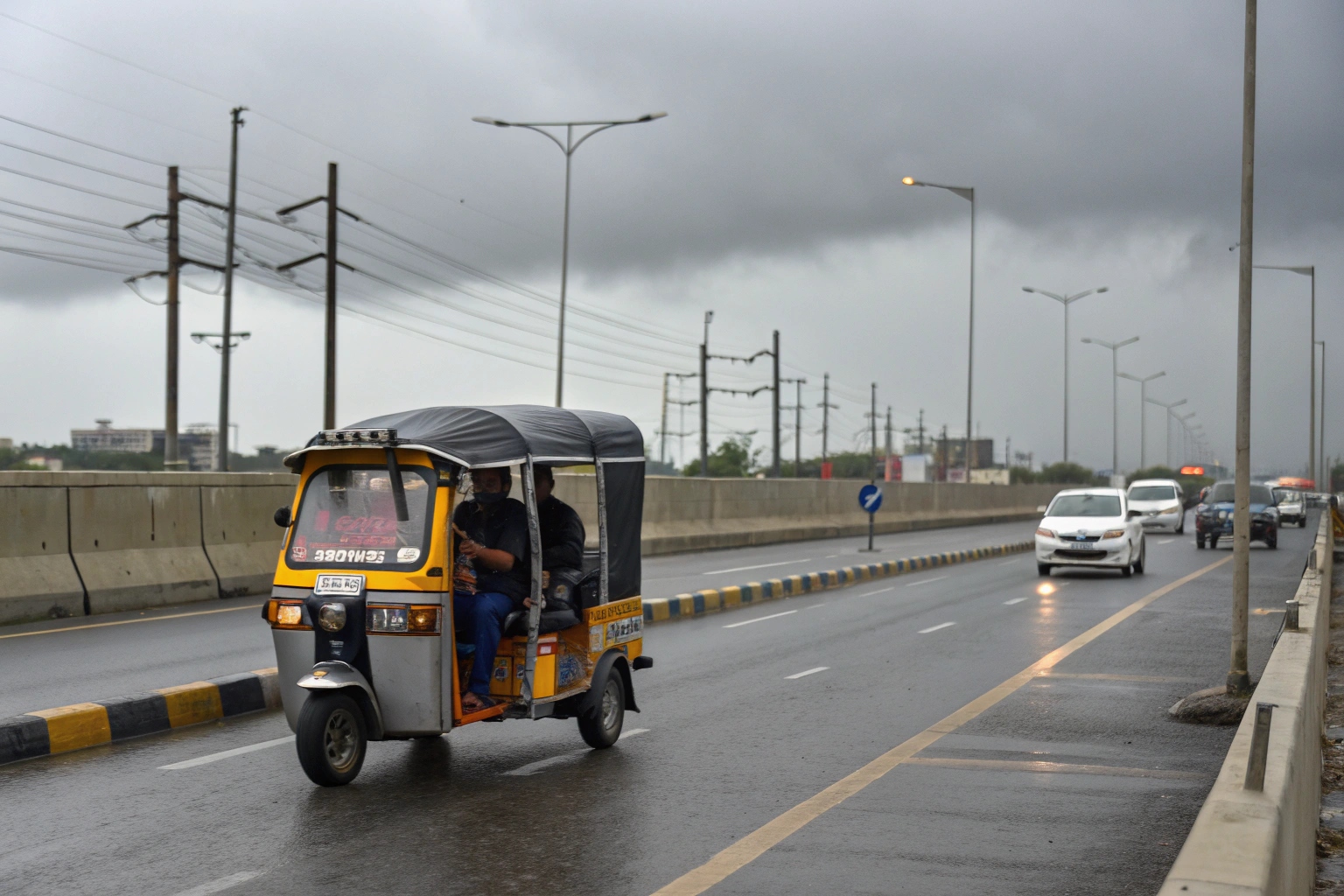
Егер сізде мотоциклдік және идеалды жол жағдайлары болса да, жылдамдыққа қатты лимитке ие екі түпкілікті фактор бар: жүргізуші мен заң. Үнемі жеделдететін жүргізуші тез сезінуі мүмкін, бірақ сонымен бірге олар батареяны тез ағызып, жалпы өнімділік пен ауқымды азайтуға болады. Алайда, ең маңызды фактор - бұл жергілікті заң. Біз көптеген елдерге экспорттаймыз, олардың әрқайсысында әр түрлі ережелер бар. Мысалы, Филиппиндегі немесе Үндістандағы кейбір қалаларда көбінесе шамамен 40-50 км / сағ дейін коммерциялық велосипедтер үшін нақты жылдамдық шектеулері бар. Импорттаушы ретінде сіз осы ережелерді білуіңіз керек. Егер заңды лимит 40 км / сағ болса, 60 км / сағ-ға тапсырыс беру керек. Біз бақылаушыларды клиенттеріміздің жергілікті заңнамаларына сәйкестендіруге жиі бағдарламалаймыз, көлік құралдарының қауіпсіз және сәйкес келетіндігін контейнерден шығарамыз.
Tuk-Tuk жылдамдығын бағалау кезінде B2B сатып алушылар нені қарастырады?
Сіз өзіңіздің паркіңіз үшін дұрыс жылдамдықпен шешім қабылдауыңыз керек. Тым баяу жылдамдықты таңдау драйверлерді ашуландырады, ал тым тез жүреді, ал көлік құралының мақсаты үшін өте жылдам болуы мүмкін.
Tuk-Tuk жұмысына негізделген жылдамдықты бағалаңыз. Жолаушылар триктеріне қауіпсіз, орташа жылдамдық қажет (25-35 км / сағ). Жүк модельдері ауыр жүктемелермен тежеу үшін шектеулі жылдамдықты (40 км / сағ) қажет етеді. Таксилер коммерциялық тиімділік үшін тезірек (с / с дейін) жылдам болуы мүмкін.
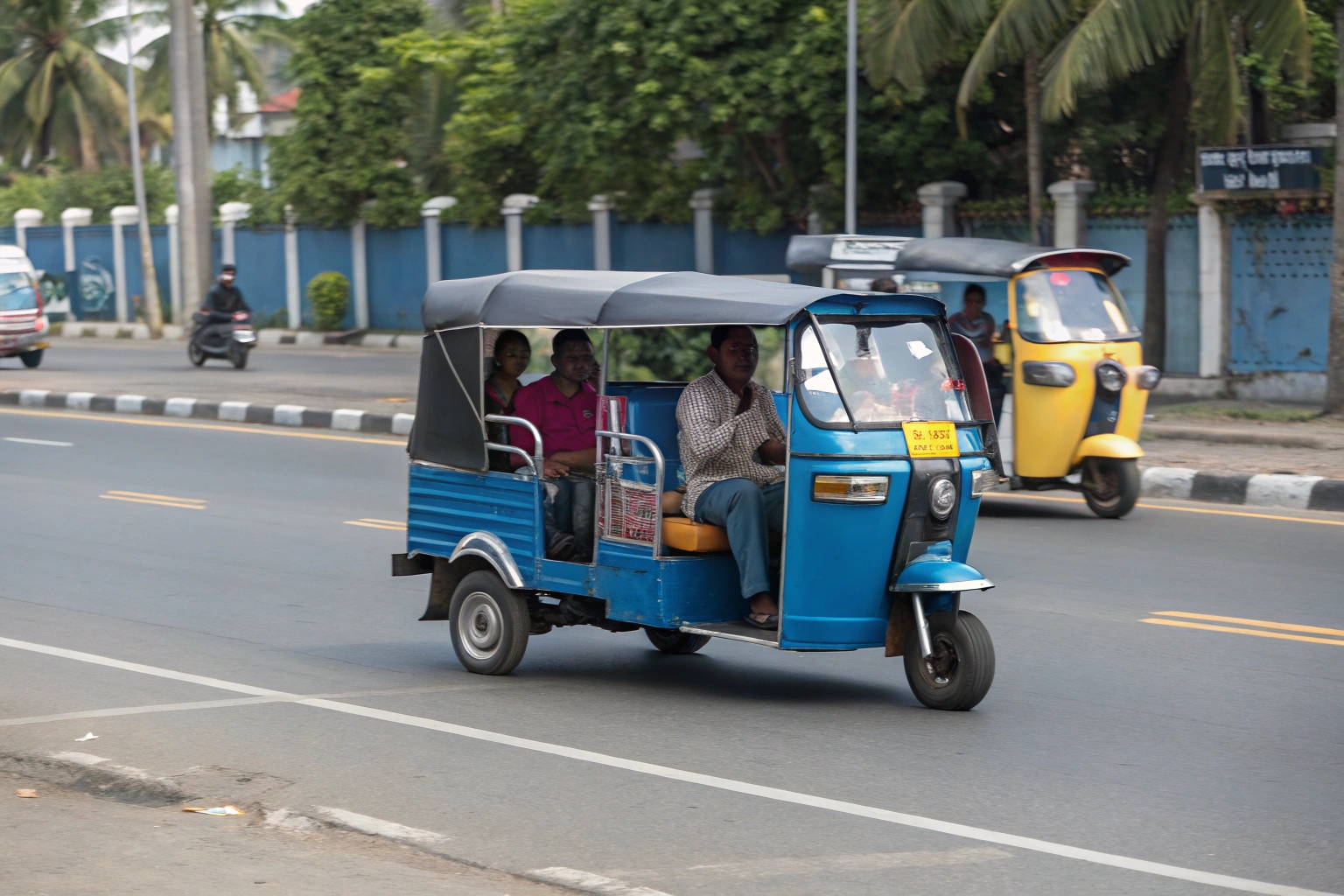
The final decision should not be about getting the "fastest" Тук-Тук. Бұл алу туралы болуы керек дұрыс Сіздің бизнесіңіздің моделі үшін жылдамдық. А қажеттіліктері Жүк машинасы қалалық такси қызметінен мүлдем өзгеше. В2В жүздеген сатып алушылармен жұмыс тәжірибемнен, ең сәтті адамдар көліктің жылдамдығына күнделікті жұмысқа сәйкес келеді. Тезірек қозғалтқыш және батареяның құны көбірек, сондықтан сізге қажет емес жылдамдық үшін төлеу - бұл ақшаны ысырап ету. Міне, менің клиенттеріме дұрыс таңдау жасауға көмектесу үшін қолданатын қарапайым нұсқаулық бар.
| Бизнес-модель | Негізгі алаңдаушылық | Ұсынылатын жоғарғы жылдамдық | Неліктен бұл жылдамдық? |
|---|---|---|---|
| Жолаушылар трансүйері | Жолаушылар қауіпсіздігі | 25 - 35 км / сағ | Бұл жылдамдықта көлік құралы тұрақты, көршілерде бақылау оңай және оны өз тұрғындары үшін қауіпсіз етеді. Бұл нәсіл емес, ыңғайлы сапар. |
| Жүктер Тук-Тук | Тежеу тиімділігі | 40-45 км / сағ | Сізде 500 кг жүк болған кезде, қауіпсіз тоқтау тез жүруден гөрі маңызды. Жоғары жылдамдық тежегіш қашықтықты қауіпті ұзаққа созады. |
| Tuk-Tuk такси | Коммерциялық тиімділік | 50 - 55 км / сағ | Бұл жылдамдық қала көлігімен тиімді және күніне көбірек сапарларды аяқтауға жеткілікті, бірақ әлі де қалалық трафик үшін қауіпсіз ауқымда. |
Қорытынды
Тук-Тук жылдамдығын таңдау көлік құралының мақсатына сәйкестігін сәйкестендіру. Сіздің паркіңізді тиімді, тиімді және қауіпсіз болу үшін нақты әлемдік жағдайлар мен қауіпсіздік техникасы бар техникалық сипаттамалар.

